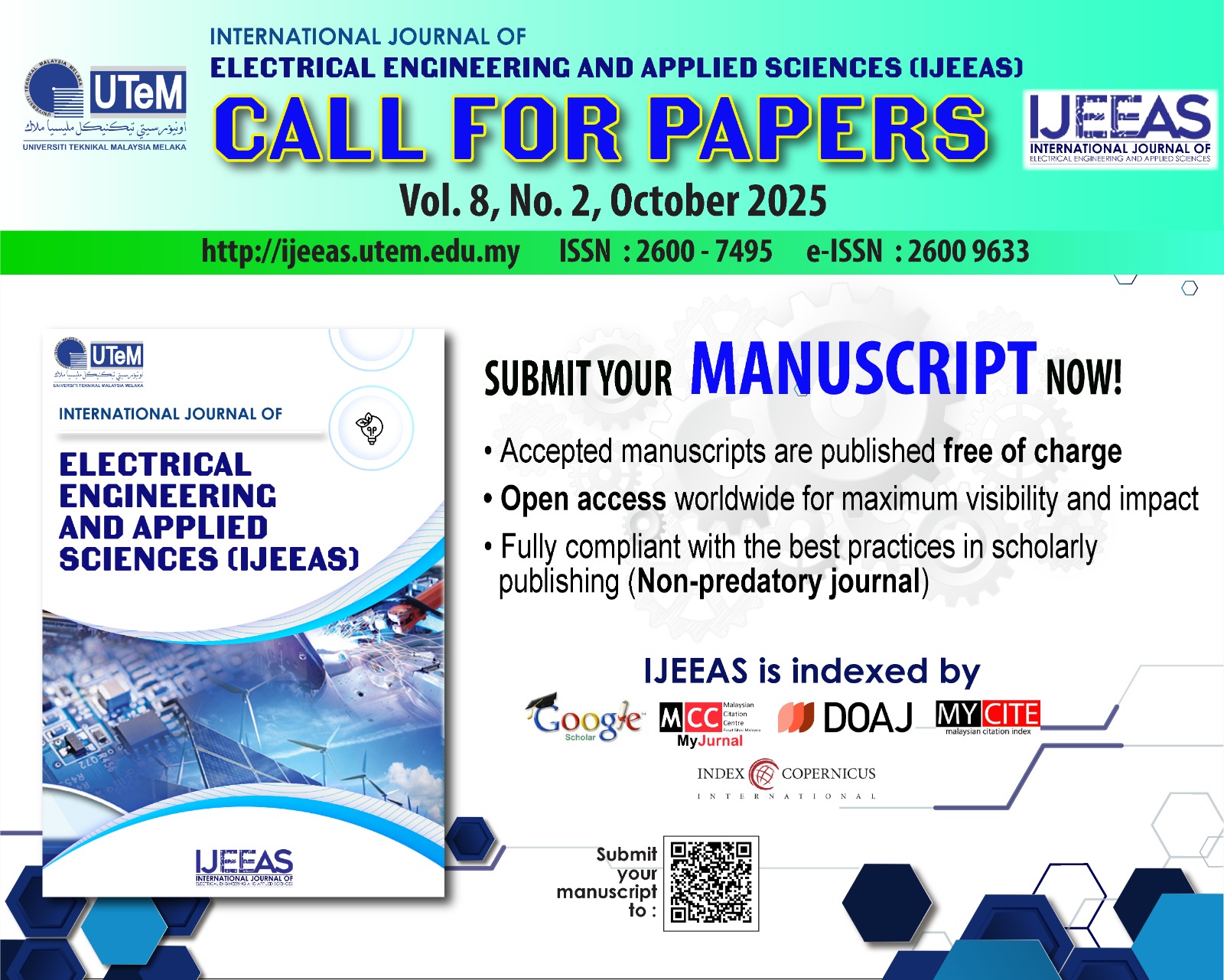The Development of Congestion Management of a Deregulated Power System Using Fuzzy Logic
DOI:
https://doi.org/10.54554/ijeeas.2022.5.02.004Abstract
Regulated systems are used in certain countries, including Malaysia. The electricity power market's whole system is owned by only one organization, mainly the government. This monopoly principle happened causes the market to be uncompetitive and consumers have very little right to the set price. Thus, this will require a system change which is the deregulated power system. This system will unbundle all the generations, transmissions, figure distributions into separate ownerships. The different ownership will bring a competitive power market since consumers are free to choose organizations that provide the best price and services based on their needs. However, an overly competitive market will lead to a congestion problem in the transmission lines. Congestion refers to the condition where there is insufficient power matching between generation and transmission networks. Thus, congestion management is needed to control demand for electricity and finding better methods rather than building new construction for generation. Several methods have been used to control congestion. Classical Methods are not suitable since they have complex formulation and are unable to solve real-world significant power system problems. In these recent years, the implementation of Artificial Intelligence Method can solve a large-scale power system problem. The Fuzzy Logic Method is one of the methods under Artificial Intelligence Method. So, in this paper, Fuzzy Logic Method is used to analyze congestion problem. The principle used by Fuzzy Logic is “IF X AND Y, THEN Z”. This method deals with approximation rather than precision. The data used in this paper are data from the Reliability Test System 1996.
Downloads
Downloads
Published
How to Cite
Issue
Section
License
Authors who publish with this journal agree to the following terms:
- Authors retain copyright and grant the journal right of first publication with the work simultaneously licensed under a Creative Commons Attribution License that allows others to share the work with an acknowledgement of the work's authorship and initial publication in this journal.
- Authors are able to enter into separate, additional contractual arrangements for the non-exclusive distribution of the journal's published version of the work (e.g., post it to an institutional repository or publish it in a book), with an acknowledgement of its initial publication in this journal.
- Authors are permitted and encouraged to post their work online (e.g., in institutional repositories or on their website) prior to and during the submission process, as it can lead to productive exchanges, as well as earlier and greater citation of published work (See The Effect of Open Access).







